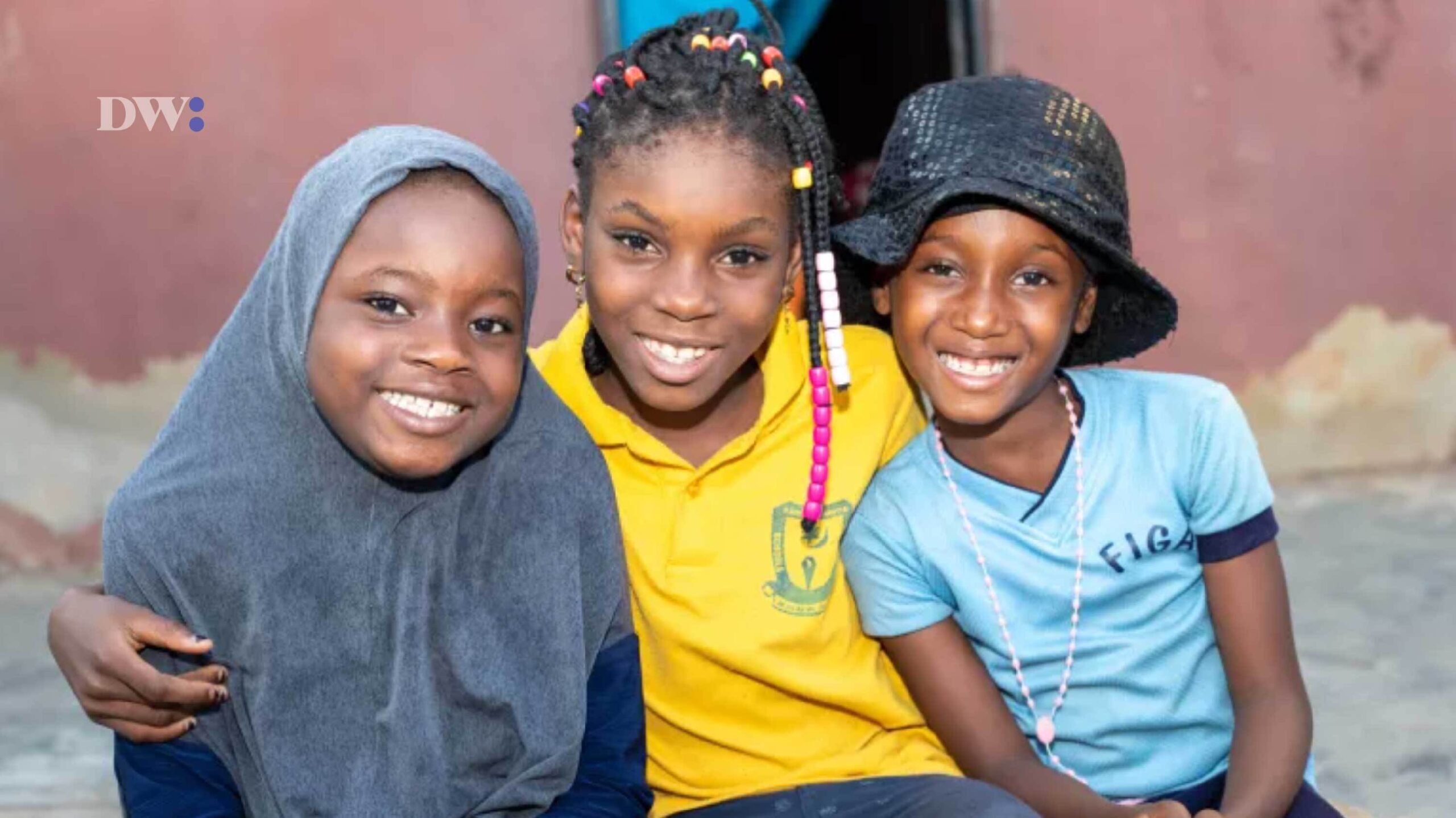According to the United Nations Economic and Social Commission for Asia and the Pacific (UN ESCAP) (1999), child sexual abuse is defined as contacts or interactions between a child and an older or more knowledgeable child or adult (stranger, sibling, or person in a position of authority such as a parent or caretaker) when the child is being used as an object for the older child’s or adult’s sexual needs. These contacts or interactions are carried out against the child using force, trickery, or bribes.
The United Nations Office on Drugs and Crime (UNODC) defines online child sexual abuse as the sexual exploitation of children online which involves the use of information and communication technology as a means to sexually abuse and/or sexually exploit children.
Types of online sexual exploitation and abuse include child online grooming, child sexual abuse/exploitation material, and live streaming of child sexual abuse. Data from the United Nations Children’s Fund (UNICEF) showed that 5.3% Nigerian women aged 18-29 years old reported that they experienced sexual violence as children.
This data is driven home by the recent exposure and arrest of Musa Suleiman, a father in Edo State who shared provocative pictures of his four-year-old daughter. This case took the Nigerian community online by storm, leaving people questioning the response by he media and even law enforcement agencies.
Others questioned the glaring lack of protection for children in Nigeria despite the Child Rights Act, why the posts weren’t flagged down by Meta and why such depravity was allowed to thrive for so long.
The Child’s Rights Act (2003) is a law that protects the rights of all Nigerian children. This act defines a child as someone under the age of 18. As part of its responsibility to promote, defend, and enforce the rights of all citizens and foreign nationals in Nigeria, the National Human Rights Commission conducts many procedures to promote and safeguard the rights of children under this age because they are vulnerable.
When the unborn child’s rightful obligation is overlooked, the Commission takes up their rights. The National Human Rights Commission also recognises that children can be victims of many sorts of abuse and exploitation.
Based on the Child Rights Tracker, only three states (Adamawa, Bauchi and Gombe) out of the 37 states have not assented to this law. The pressing issue remains, how can children in Nigeria be protected from sexual abuse of any kind especially by their parents and relatives?
In March, the House of Representatives proposed a Bill for an Act to Provide for Enactment of Child Online Access Protection Bill 2023 and other Issues of Online Violence against Nigerian Child and other Related Matters will shield the children from such harm.
Nigerian children aged 11 to 16 face significant online risks, with 93 percent accessing the internet via their mobile phones without any safeguards, according to research by the Nigerian Communications Commission (NCC).
The survey, which examined two age groups—11 to 16 years and 4 to 10 years—revealed that 45 percent of children in the younger group also use mobile phones to go online, highlighting a high rate of phone ownership among Nigerian children. The study included 7,013 respondents from across Nigeria, with children making up 5,681, or 81 percent, of the participants. The respondents comprised children, parents, and teachers.
Law enforcement investigations are one of the most effective ways to address online child sexual exploitation and abuse. National, regional, and international law enforcement organisations must work together to investigate and prosecute online child sexual exploitation and abuse.
Combating online child sexual exploitation and abuse also requires collaboration between government and the private sector. Also, states can adopt a sex offenders registry which can be used to block the offenders’ access to child-used and frequented platforms has been one aspect of this cooperation.
In actuality, effective combating online child sexual exploitation and abuse necessitates a multipronged strategy that includes not only law enforcement tactics but also laws, regulations, and policies; coordination of services for victims; collaboration amongst all institutions implicated in child sexual exploitation and abuse cases; and education and awareness campaigns addressing these crimes and Internet safety.

Leave a Reply